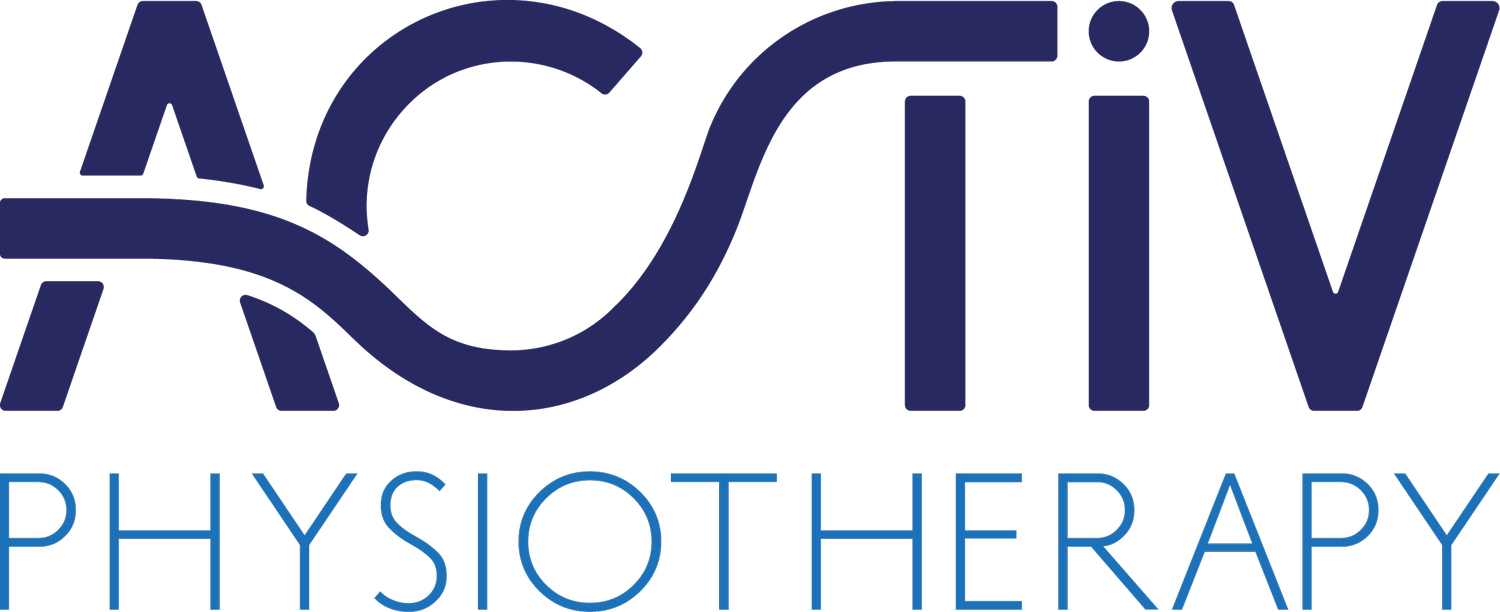Fell Runner Katie Explains Why She Prefers Powering Up (And Down!) Peak District Hills
I absolutely hated running as a teenager – cross-country was the only thing I ever 'pulled a sickie' to get out of it. The 'teenage me' would be bemused by my love of fell running! However, when I took up road running to try and get fit at university and rediscovered a love of walking in the hills, fell running was a natural next step. I lived in Cambridge at the time and spent as much time on the A1 as I did in the hills of the Peaks and the Lake District. However, the chance to explore remote areas and get away from the crowds kept drawing me back. I also enjoyed developing skills in preparing for and managing bad weather, navigation, kit and route choice. The very best part about fell running has to be either the freedom you feel hurtling down a hillside (especially if your next stop is the pub!) or the camaraderie and friendship you build with others.
I tend to gravitate towards longer distances. These events feel like a proper adventure – some of my favourite races include the Fellsman (a 62 mile linear route around the Yorkshire Dales) and the Tour de Helvellyn (a 37 mile loop around Helvellyn in the Lake District, always held on the Saturday just before Christmas). Closer to home, I’ve really enjoyed the Edale Skyline and I’m looking forward to trying a couple of new races this year: the Winter Half Tour of Bradwell and the Hathersage Hurtle. I’m also returning to the Fellsman and the Saunders Lakeland Mountain Marathon: a two-day navigational challenge with an overnight camp.
As a runner and a sports massage therapist, many runs with friends inevitably include a discussion of injuries (and sometimes muddy hands if sore spots require investigation!). The soft surfaces that fell and trail running take place on tend to be more forgiving than tarmac, but traumatic injuries like twisted ankles or sprained wrists are more common.
Following the recent snow and ice I’ve also had lots of reports of soreness in calves and groins as runners have been out enjoying the extreme weather and have been putting certain muscles under more strain than usual as they fight to stay upright! I love the problem-solving element of dealing with injuries – exploring the symptoms and discussing recent activity (particularly anything unusual or new) can quickly shed light on what is going on. It is so rewarding to work with clients to help them to understand their bodies and return to running or improve their performance.
Thinking about training more generally, I have always found strength training (working with a coach when needed) to be hugely beneficial in terms of improving performance and reducing injury frequency and severity. I’ve also had regular sports massages myself for around ten years (practising what I preach!) which I have found reduces injuries. A massage therapist will often detect and treat a slight imbalance or tightness before it is noticeable as an injury. When I do pick up an injury, it means that I already have a relationship with someone I trust and who knows what is normal for me, so treatment is more effective. I would love to see you if you feel you would benefit from a therapist who understands the demands of off-road and ultra running – and I will egg you on to an ever wilder adventure!
Pics: Stephen Wilson (www.granddayoutphotography.co.uk).
If you would like to book in with Katie, call our team at Totley on 01433 623 602.


